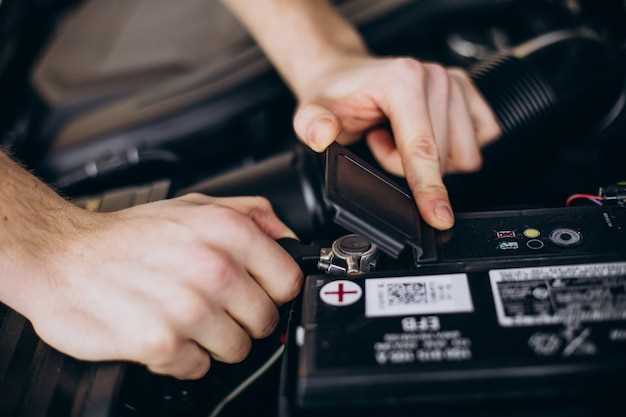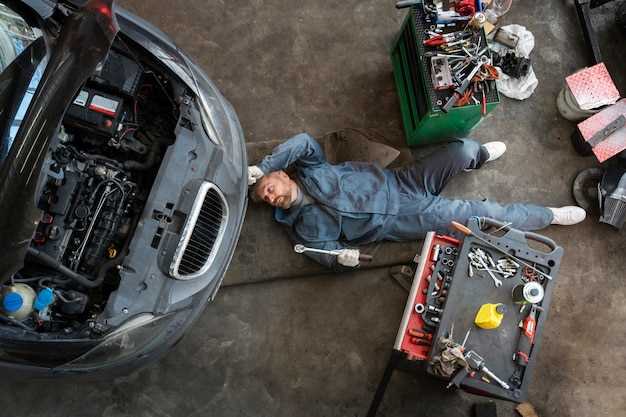
Maintaining your charger cooling system is crucial for ensuring optimal performance and longevity of your vehicle. A well-functioning radiator plays a pivotal role in this system by dissipating heat generated by the engine. Over time, various factors such as debris buildup, coolant deterioration, and leaks can compromise the efficiency of your cooling system. Regular maintenance not only prevents overheating but also safeguards against more severe mechanical issues.
One of the key aspects of maintaining your cooling system is checking the coolant levels and the condition of the radiator. Low coolant levels can lead to inadequate cooling, while old or contaminated coolant can cause corrosion and clogging. Flushing the cooling system periodically is essential to remove any buildup and ensure optimal heat exchange. Moreover, inspecting hoses and connections for wear and leaks can help identify potential problems before they escalate.
In addition to these checks, it’s vital to monitor the temperature gauge on your dashboard. If you notice fluctuations or an increase in engine temperature, it may indicate a problem with the system. Addressing these issues promptly can help maintain a stable temperature and prevent more extensive damage. By following these maintenance practices, you can keep your charger cooling system running smoothly and efficiently.
Regular Inspection of Radiator and Hoses

The cooling system is essential for the efficient operation of your vehicle, and regular inspection of the radiator and hoses is crucial to maintain its effectiveness. Over time, wear and tear can lead to leaks, blockages, or cracks, which can compromise the entire system.
Start by examining the radiator for any signs of damage or corrosion. Look for leaks, which often manifest as puddles beneath the vehicle or deposits of coolant around the radiator. A clean radiator is vital for optimal heat dissipation; if dirt and debris accumulate, it can restrict airflow and reduce cooling efficiency.
Next, inspect the hoses connected to the radiator. These hoses transport coolant throughout the cooling system, and any signs of swelling, cracking, or bulging should not be overlooked. Check the connections at both ends of each hose for tightness and leaks. A loose hose can lead to a loss of coolant, resulting in overheating.
It is also wise to replace the hoses at regular intervals, as rubber can degrade over time, even without visible signs of damage. Consider a proactive approach to maintenance by setting a schedule for your inspections, ideally every six months. Keeping a close eye on your radiator and hoses ensures that your cooling system remains in top shape, preventing costly repairs down the line.
Flushing and Replacing Coolant When Necessary

Maintaining the efficiency of your charger’s cooling system is crucial for optimal performance. One vital aspect of this maintenance is flushing and replacing coolant at the appropriate intervals. Over time, coolant can degrade, losing its effectiveness in heat transfer and corrosion protection.
Flushing the cooling system involves removing old coolant and any accumulated debris, ensuring that the system operates smoothly. It helps to prevent blockages and promotes better flow, which is essential for maintaining a stable operating temperature. Typically, it is advisable to perform this procedure every two years or as recommended by the manufacturer’s guidelines.
When replacing coolant, always use the type specified for your system. Mixing different coolant types can lead to chemical reactions that may damage the cooling components. Additionally, pay attention to the coolant’s pH levels and additives, ensuring they meet the necessary requirements for protection against rust and scale buildup.
To flush the system, start by draining the old coolant, then use a flushing agent compatible with your charger. After circulating the flushing agent, drain it thoroughly and refill the system with new coolant. Regular checking of coolant levels, along with a flush and replacement routine, will significantly extend the life of your cooling system and enhance the reliability of your charger.
Checking and Repairing Leaks in the Cooling System
Maintaining a healthy cooling system is essential for the optimal performance of your charger. One of the most critical aspects of this maintenance is identifying and repairing leaks in the radiator or associated cooling components. A leak can lead to overheating, engine damage, and costly repairs.
Start by inspecting the radiator and surrounding hoses for any visible signs of coolant leakage. Look for wet spots, puddles, or stains that may indicate where the fluid is escaping. Additionally, examine the radiator cap, as a faulty cap can cause coolant to leak under pressure.
To conduct a thorough leak check, you may consider using a pressure tester. This tool pressurizes the cooling system, allowing you to locate leaks more effectively. After applying pressure, observe the radiator and hoses for any escaping coolant. Mark any leaks you find for repair.
If you identify a leak, determine the severity of the damage. Small pinholes or cracks can often be repaired with a radiator sealant, which can be added directly to the cooling system. For larger leaks or structural damage, you may need to replace the radiator or the affected hoses entirely.
After repairs, always refill the cooling system with the appropriate type of coolant and closely monitor the system for any signs of recurring leaks. Regular checks will ensure that your charger remains within safe operating temperatures, preventing further issues down the line.




